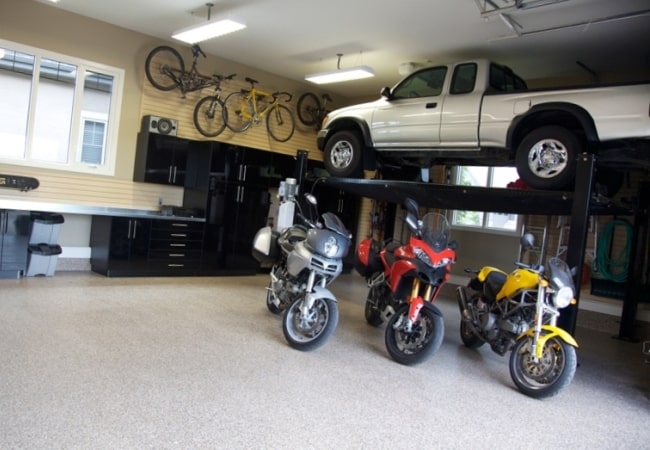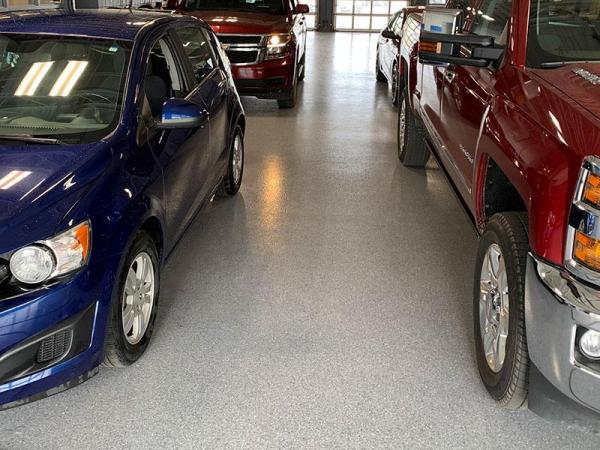When you make the investment in a professional garage floor coating, you want to ensure that you’re making the best choice for you and for your garage. Polyaspartic and epoxy floor coatings are among the best of the best, both being able to provide you with long-lasting durability, damage resistance, and aesthetic appeal. That can make choosing between polyaspartic or epoxy floor coatings difficult.
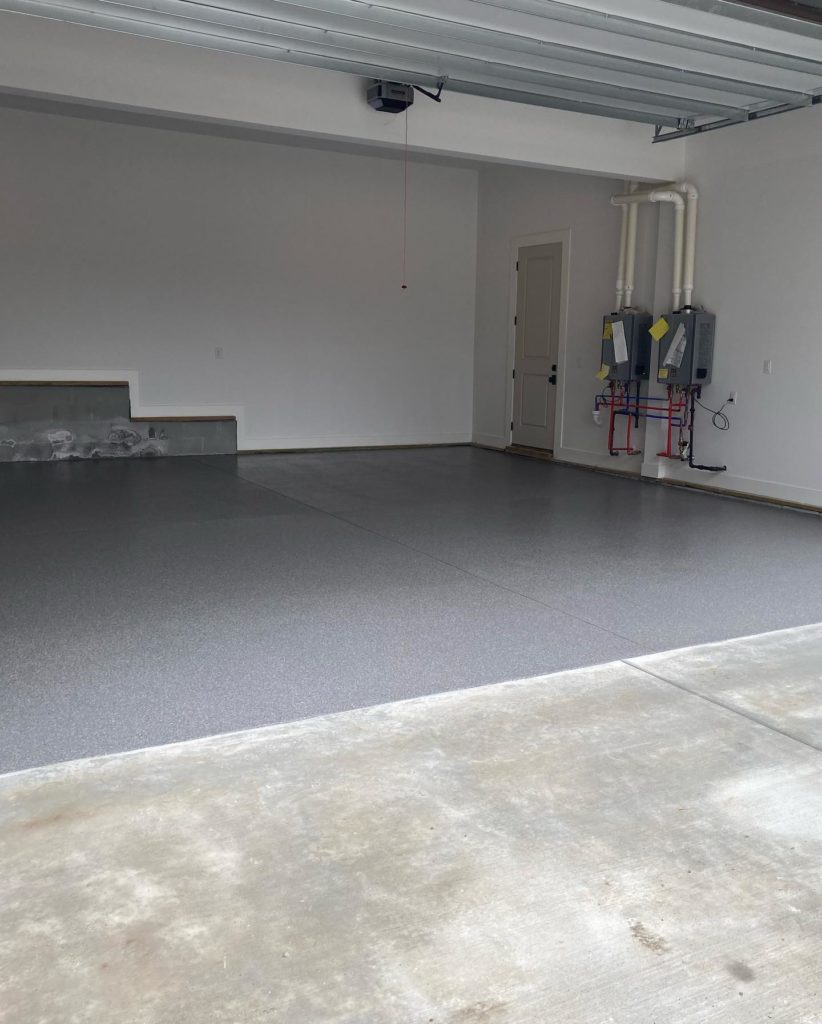
The truth is that both polyaspartic and epoxy floor coatings will serve you well. However, if it’s durability and longevity that you’re after, you’ll want to opt for polyaspartic floor coatings. This is because polyaspartic floor coatings are 4x stronger than standard epoxy and can last you up to 30 years before needing to be replaced, while you’ll need to reapply your epoxy floor coating every 5 years or so.
If you’re stuck between polyaspartic or epoxy floor coatings, it’s helpful to see comparisons of how they measure up, so that you can make the best choice for you and your garage. Here is what you need to know about how polyaspartic and epoxy floor coatings compare.
Which Is Better: When It Comes To Strength
As previously mentioned, polyaspartic floor coatings are 4x stronger than your standard epoxy floor coatings. This is due to the fact that polyaspartic floor coatings are more flexible than epoxy floor coatings. This means that when your concrete floors expand and contract with varying temperatures, polyaspartic floor coatings can keep them protected because they allow for that movement. Conversely, epoxy floor coatings could end up cracking because they are not as flexible.
Which Is Better: When It Comes To Damage Resistance
Concrete is an incredibly durable material, but just like anything else, it can get damaged over time. Floor coatings should be able to withstand some damage and keep your floors protected. When deciding between polyaspartic or epoxy floor coatings, both of them provide significant damage resistance. They are both chemical and impact resistant.
Epoxy is easier to scratch than polyaspartic is. Polyaspartic can be damaged by battery acids. Both of them are excellent options for damage resistance; it just depends on what you’re looking for.
Which Is Better: When It Comes To Color
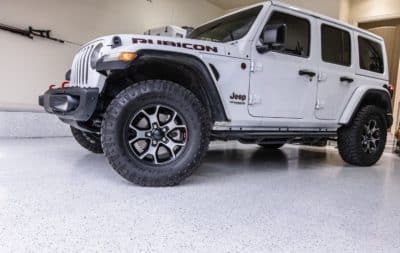
One of the major appeals of professional floor coatings is how they can transform your space. If aesthetic appeal is a major consideration for you, both epoxy and polyaspartic floor coatings are customizable and can give your floors a makeover. Since we are aiming to help those trying to decide between polyaspartic or epoxy floor coatings, you’ll want to consider UV resistance in this factor.
Epoxy floors are gorgeous and smooth, however, they are not very UV resistant. This means that when they are exposed to sunlight over an extended period of time, they can start to turn yellow. If pristine, light-colored floors were your desired aesthetic, this is something to be cautious of.
Polyaspartic floors are UV resistant, which means that you do not need to worry about them fading or changing colors on you. If preserving the color of your light floors is a priority for you, polyaspartic is the choice for you.
Which Is Better: When It Comes To Price
Price is always a tricky topic. Depending on what you value and how much you make, what is fair to you could be very expensive to someone else, and vice versa. Polyaspartic coatings generally cost more than epoxy coatings do.
However, this is where longevity comes into play. Since polyaspartic coatings last longer, it may be worth it to you to invest a bit more in order to not have to have them redone for years and years. If you plan to move fairly soon, you may be fine with an epoxy coating that will need to be replaced in a few years. Alternatively, if you are someone who likes to switch up their home design a lot, perhaps the fact that epoxy coatings need to be reapplied every few years would actually be a bonus to you, and something that you do not mind paying for more over time.
Polyaspartic coatings cost more, but last longer. Epoxy coatings cost less, but don’t last as long. Which is better, polyaspartic or epoxy floor coatings, depends on your preferences and priorities.
Which Is Better: When It Comes To Application
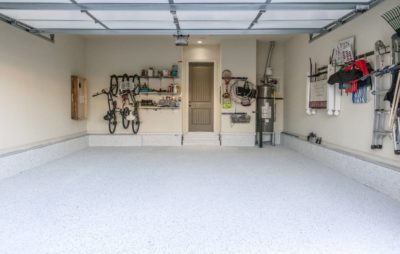
Since we are talking about professional coatings here, we will focus on the time it takes to apply them. Epoxy floor coatings can take 5-8 days to cure, while polyaspartic floor coatings can cure within a day, due to the specific blend used that necessitates professional application.
If you don’t mind waiting and having your garage out of commission for about a week, you may not mind epoxy floor coating’s longer application process. However, if you want to regain your garage sooner than later, polyaspartic is the way to go.
Which Should You Choose: Polyaspartic Or Epoxy Floor Coatings?
Ultimately, it’s up to you whether you choose polyaspartic or epoxy floor coatings. Both of them have many strengths. Both of them are beautiful, strong, and durable. Polyaspartic coatings have more advantages than epoxy, but both are solid choices.
My Garage Floor Guys provides professional floor coating services. Contact us today to learn more about our floor coatings or to receive a quote for your specific project.



